Description
Purpose
With this Excel app, the user can execute ship to ship board contact basic analysis with speed and accuracy.
Use of the app significantly reduces user’s time for analysis and could be used for the following tasks:
• Analysis of contact length for design ship to ship moorings.
• Analysis of pneumatic fender compressed size and vertical footprint onto the ship’s board.
• Check if pneumatic fender size selected to maintain a safe distance apart,
but not so large that the fenders could roll onto the deck of a ship with low freeboard.
• Check of OCIMF Ship to Ship Transfer Guide i.9.1.3 recommendation on fender size.
Instructions
For use of this app the user needs:
• Basic ship dimensions data.
• Design water level.
• Pneumatic fender ISO 17357 size.
The user has to provide all the inputs highlighted in blue or pick a value from a list, for example, 15.20
Once all inputs are provided, the spreadsheet automatically calculates necessary values for output and visualization.
There are ‘Value Check’ fields in the ‘Input’ and ‘Output’ sections. If the value does not match after a simple check a comment appears, for example, Bottom above the top
‘Visualization’ sheet helps the user to assess the correctness of his input and shows results in an understandable way.
Datum level considered as 0.00 meter. The user inputs design water level value counting up or down from datum level (negative or positive value).
The design water level should be taken with the requirements of regional norms and requirements, depending on probability and return period.
The user is free to enter other values in ‘Draft’ fields and not necessarily be limited to laden or ballast if other drafts are subjects for analysis.
Ship ID could be the ship’s name or IMO number, or whatever user prefers to indicate the ship.
Limitations
• Horizontal contact analysis alongside the berth is not considered.
• Bow and stern differences in drafts should be checked by the user.
• Ship motions due to waves and ship’s roll are not considered.
• Ship sizes limits: breadth up to 50 m; depth up to 50 m.
• Ship belting is not visualized in this version.
• It assumed that the fender center keeps on the same level when compressing (means decks of the ships are above the center of the fender, otherwise the fender pops up).
• ISO 17357 standard 60% deflection is considered for sizes of the compressed fender.
• Only for the vertical board, the analysis does not cover curvature of the hull in this version.
• ISO 17357 sizes fenders available only in this release version.
References
• Trelleborg Marine and Infrastructure. Pneumatic Rubber Fender. Handling, Storage, Installation and Maintenance Manual. MAN-PNE-v.1.2-EN, 2017.
• ShibataFenderTeam. Design Manual 2019.
• Yokohama. Pneumatic Fender. Catalog No.FDLF-2019-9.
• International Chamber of Shipping. Oil Companies Marine Forum (OCIMF). Ship to Ship Transfer Guide. Petroleum (4th edition 2005) (STS Guide).
• ISO 17357-1:2014 Ships and marine technology – Floating pneumatic rubber fenders – Part 1: High pressure.

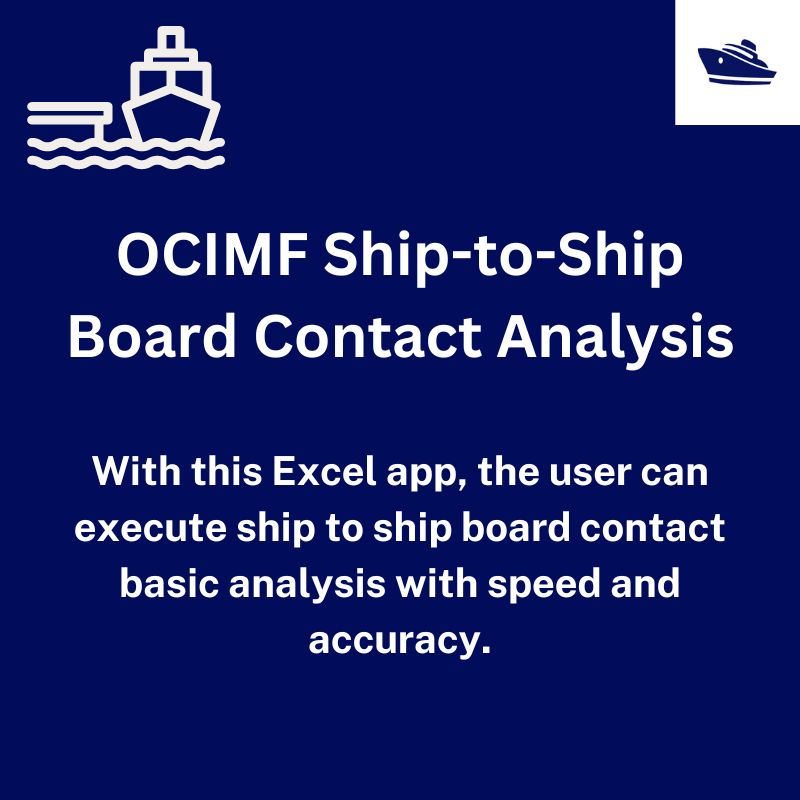
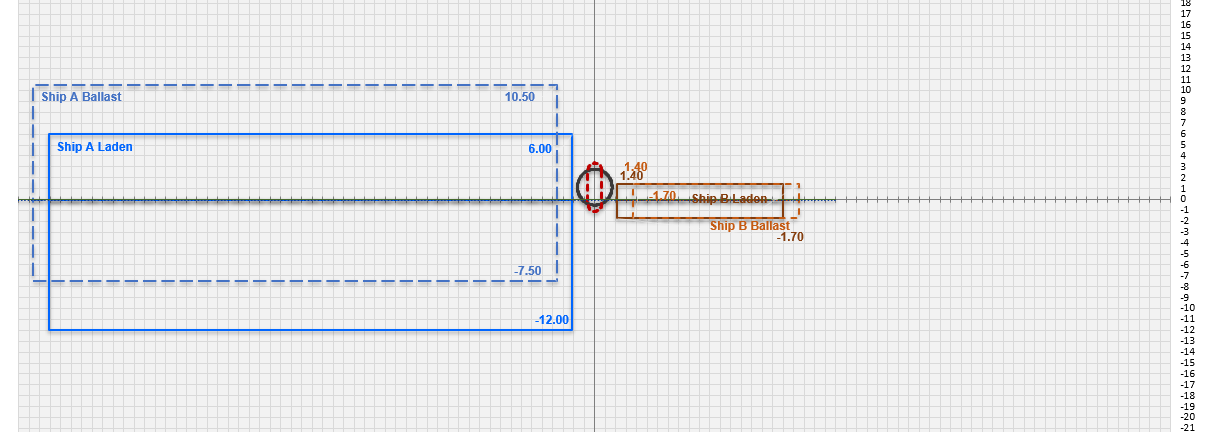
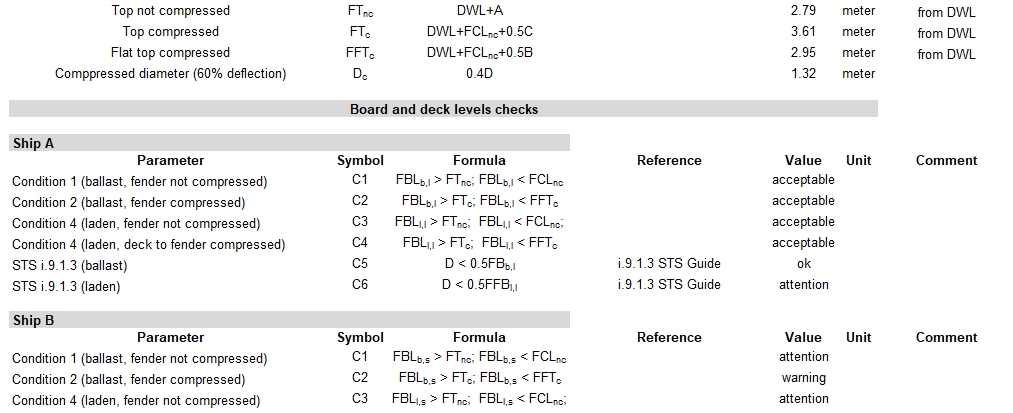
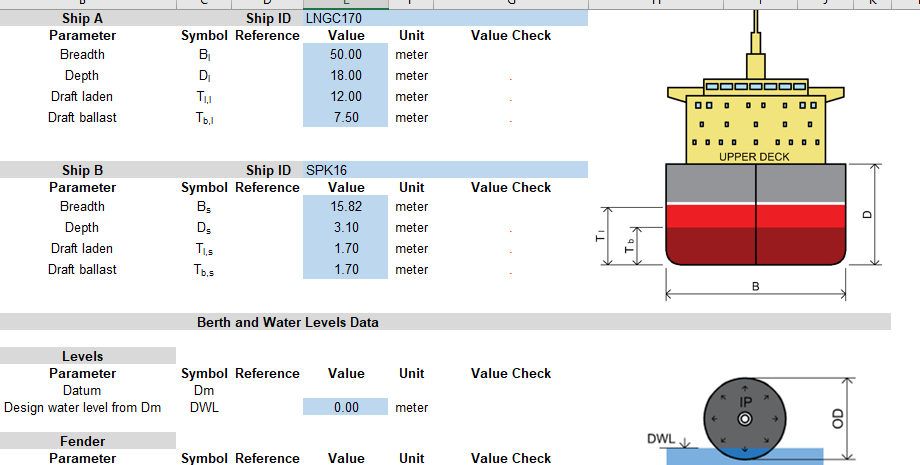
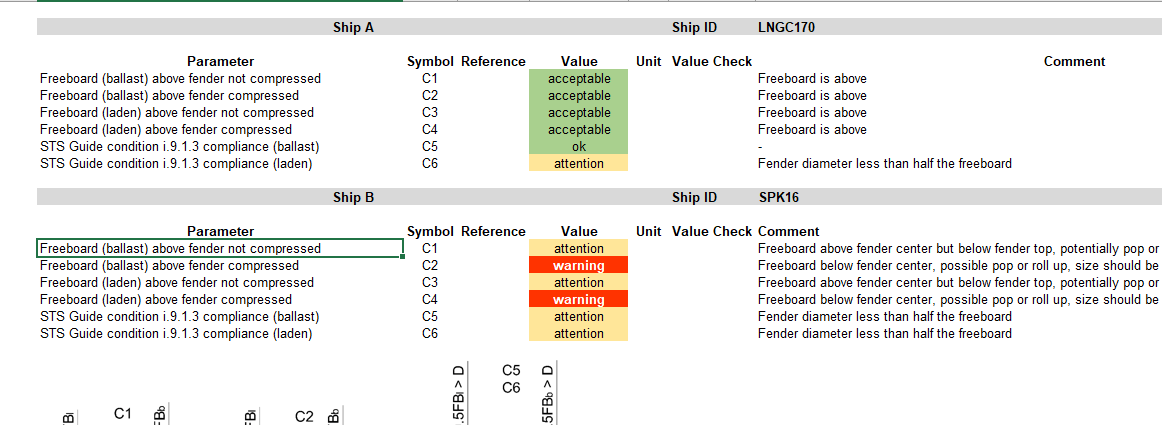

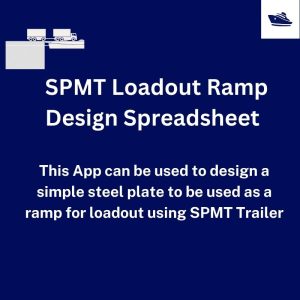
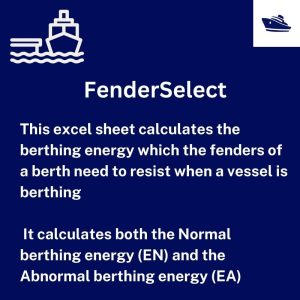
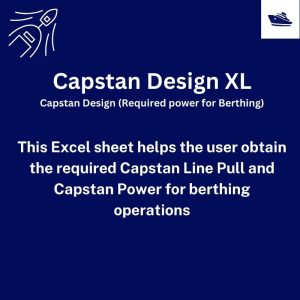
KYOUNGTAE KIM (verified owner) –
It would be good if you attach a snap shot of the relevant reference to be able to follow the formula.